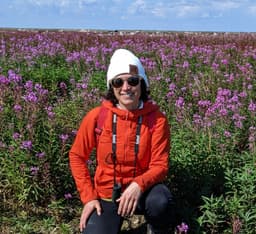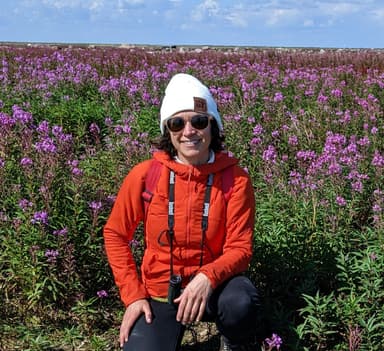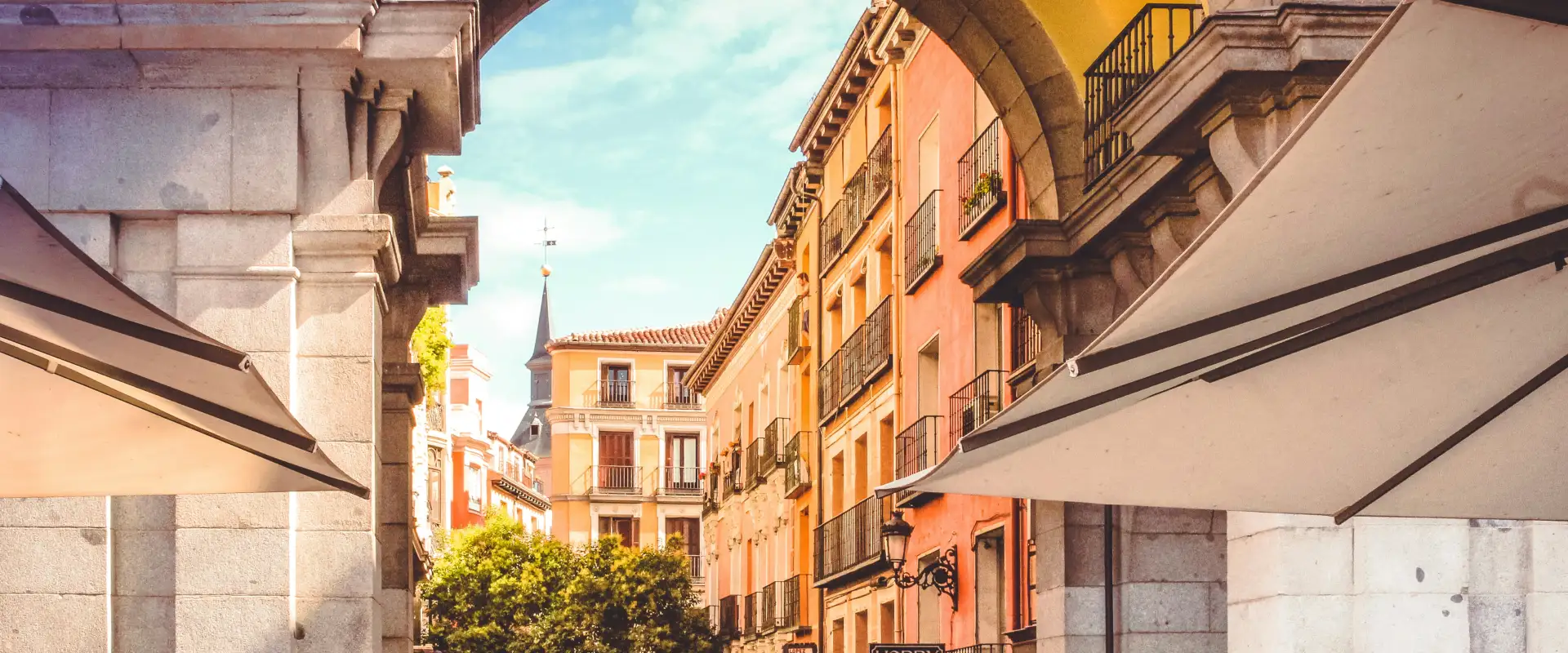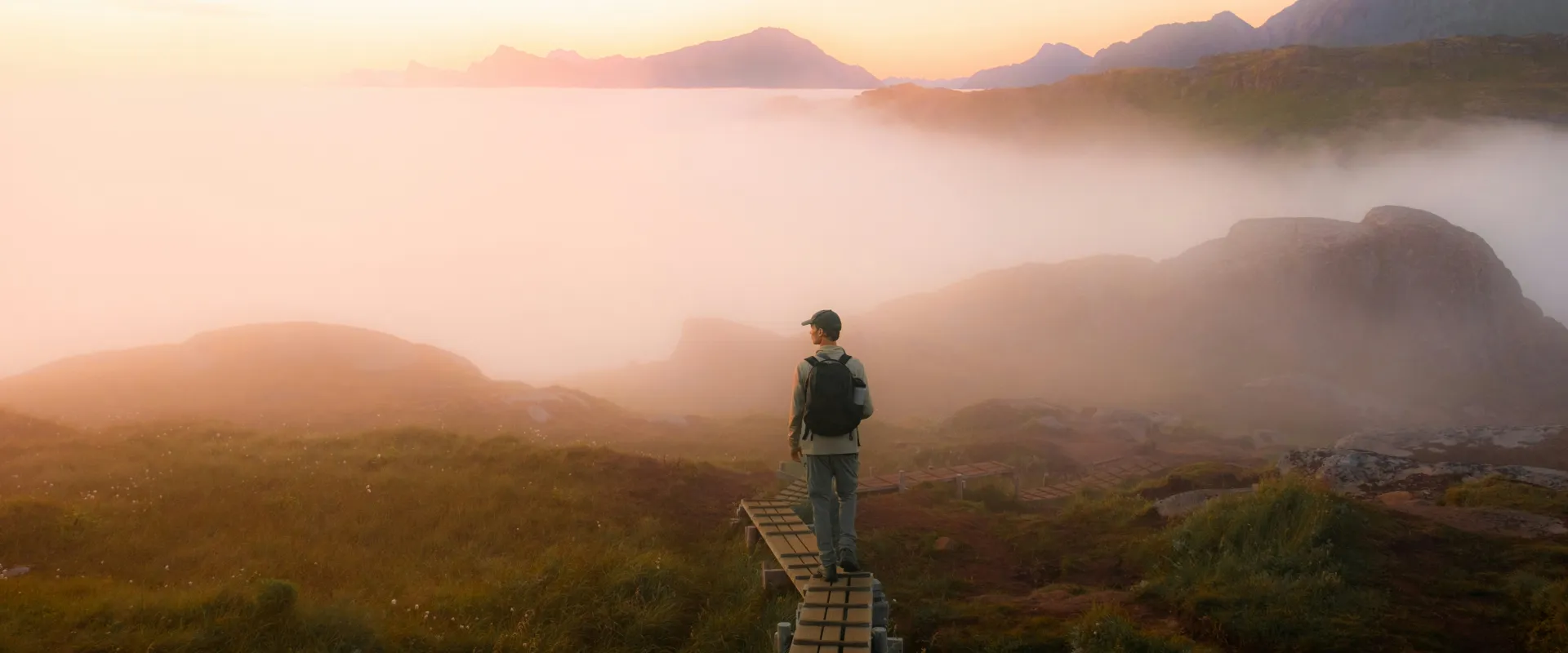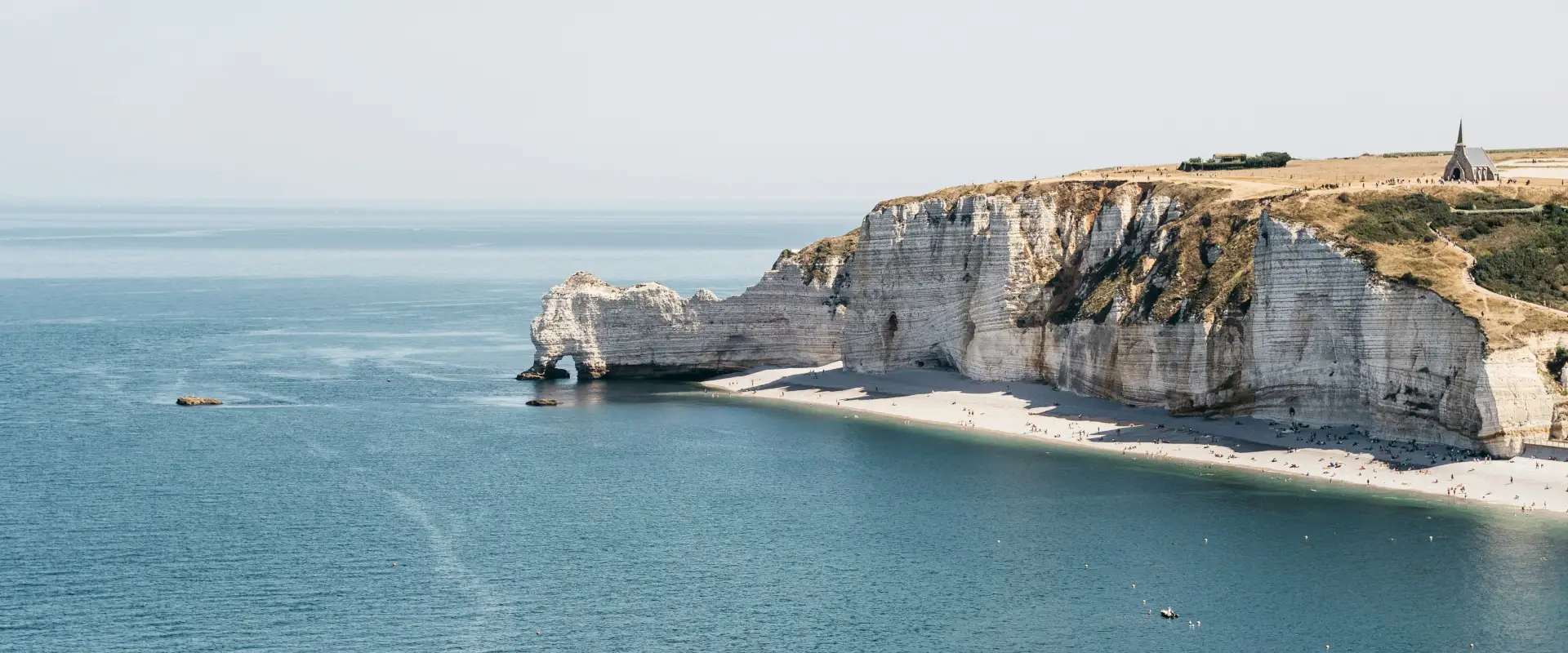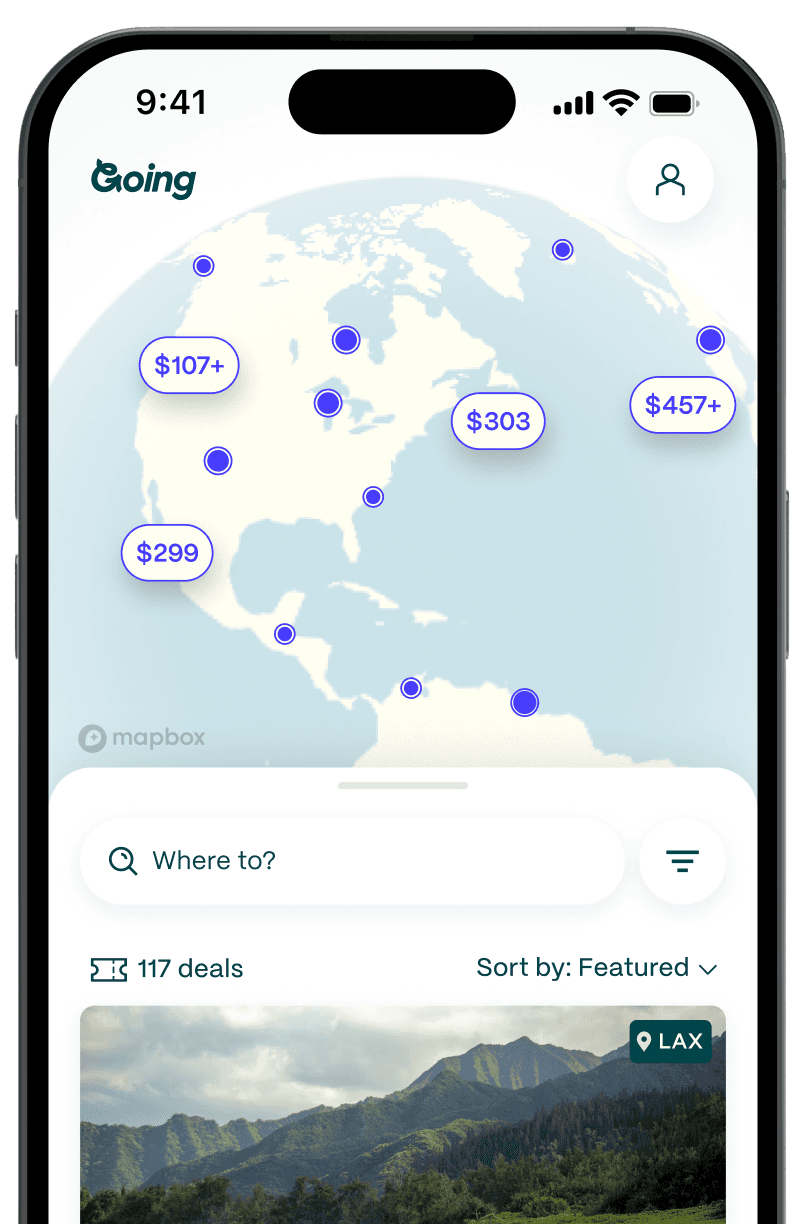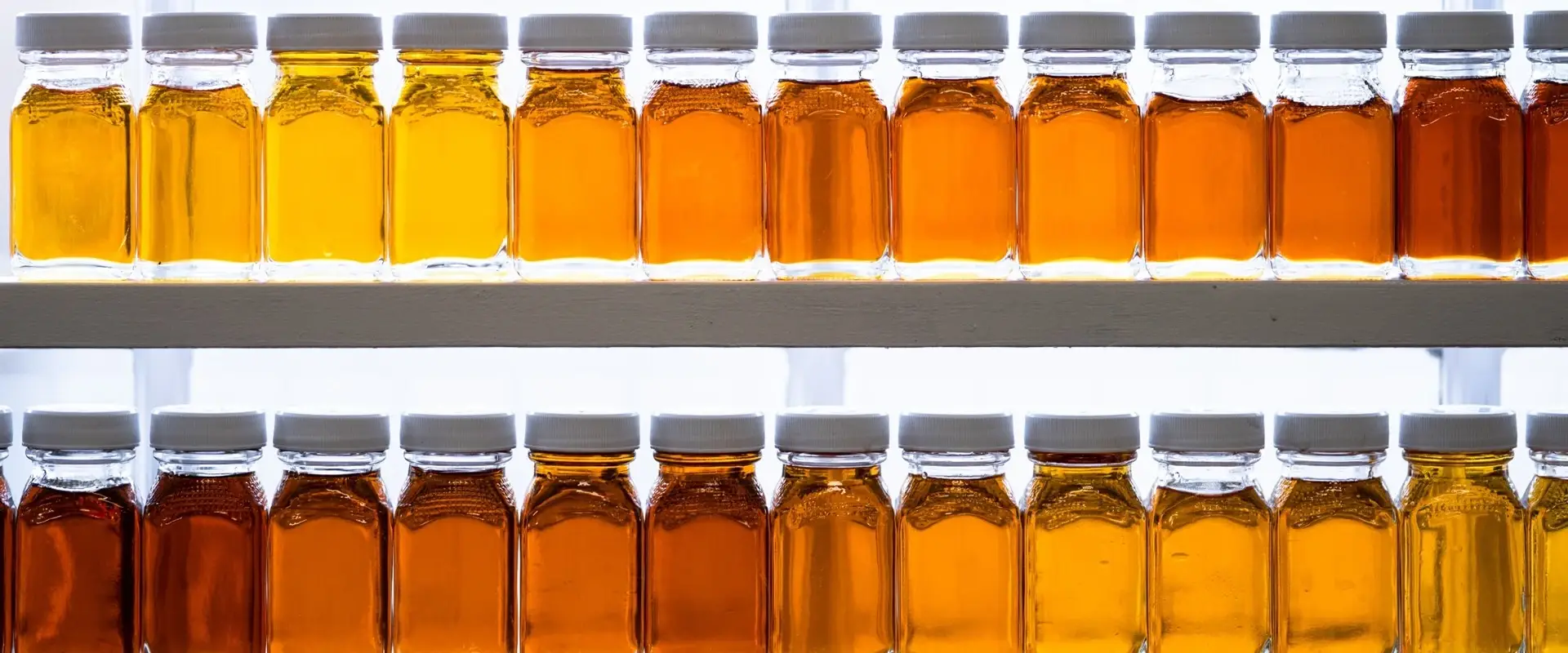
Making Maple Syrup in the Vermont Woods
The call came on a March afternoon from an old friend who lives in the Vermont forest. “We’re boiling today,” he said. A few months before, I’d helped build the small wooden building where he planned to make maple syrup over a blazing fire. It was sunny, but through my cell phone, I heard his boots crunching across snow still lingering in the trees—perfect conditions for making maple syrup. “We’ll be here all night,” he said. “Come by if you can.”
The maple syrup capital of the US

In the maple-rich woodlands of Vermont, which produces more than half of all US maple syrup, March ushers in “sugaring season,” a time when every drop of the state’s most iconic product is made in a brief handful of weeks. Nature keeps exacting time: A precise tempo of warm spring days and still-cold nights kickstarts the flow of maple sap, so sugar makers can drill holes to collect the clear, barely sweet liquid. Once buckets and tanks brim with sap, they’re tipped into shallow pans set over intense heat. Making one gallon of maple syrup requires between 40 and 60 gallons of sap, and it’s best not to rush the process. Kindling a fire in the late afternoon might mean boiling until midnight, stoking the flames, while the scents of wood smoke and steaming sap infuse the air.
By the time I arrived at the sugar house bearing cheese pizza and whiskey, the tiny house–sized building was half-full of neighbors from the nearby dirt road. They were bundled in flannel and heavy boots despite the sap steam and blazing fire; cold seeped from raw, plank walls and from the bare cement floor. Soon, we were all buzzing on syrup—sipped hot from tiny cups, drizzled over pizza, and glugged straight into pints of Ben & Jerry’s vanilla ice cream. Every two minutes, an egg-timer clanged a reminder to open the firebox door, and replenish the flames with split logs.
A community ritual
Gathering around a pan of boiling maple syrup is a cherished ritual in Vermont, which has more than 3,000 sugar houses; friends come to share gossip, drinks, and the steady work of feeding the fire. Sugar houses across the state also open their doors to visitors, who have a once-a-year chance to participate in the state’s sweetest season. Whether on family farms or in vast forests, they experience firsthand a rural tradition that’s been practiced by this region’s Native peoples since before the arrival of Europeans and remains vital to Vermont culture. While a sugar house visit mostly means tasting syrup and watching the pros at work, some education-focused spots—such as the sugar house operated by the Green Mountain Audubon Center—host occasional events where visitors can gather buckets of sap in the sugarbush (the forest where maple sap is collected).
The many tastes of maple syrup

Many larger operations, including Palmer’s Sugarhouse, Bragg Farm Sugar House, and Morse Farm Maple Sugarworks, are open throughout the season (or even year-round) for tours and tastings. A handful of inns have their own on-site sugar houses, from the homey Couture’s Maple Shop and Bed & Breakfast to Stowe’s Austrian-inspired Trapp Family Lodge, which is run by the von Trapp family of The Sound of Music fame. All year on the von Trapp property, guests can hike or snowshoe a mile-long trail to a hillside sugar house, then taste maple syrup right from the source.
And in late March and early April, the annual Maple Open House Weekend invites all comers to more than 75 sugar houses scattered across the state, including many smaller spots that aren’t usually open to the public. It’s also when sugar makers serve up samples alongside quirky local foods hard to find beyond this fleeting season. Not to be missed: hot dogs poached in maple sap, maple cotton candy, and “sugar on snow” (hot maple syrup poured over snow so it cools to a taffy-like consistency) served with a dill pickle to cut the sweetness.
When the initial sugar rush fades, pause to explore the syrup continuum. Like Kona coffee or Wellfleet oysters, Vermont maple syrup has a terroir—a distinctive taste of place and season. The year’s first syrup is often a pale golden color, its delicate flavor perfect atop ice cream or fresh fruit. By late April, the syrup turns mahogany-dark, its caramel taste robust enough to bake into cakes and muffins. That variance is a product of the changing weather, boiling technique, and fluctuating bacterial activity at the tap hole itself. Even the soil type affects the flavor, so the bottle you bring home to pour on waffles will be a snapshot of a particular day in a particular sugar bush: distilled into syrup, and totally unrepeatable.
Getting there
Vermont’s biggest airport is Patrick Leahy Burlington International Airport (BTV), located just outside the lakeside college town of Burlington. Plentiful farm-to-table dining and craft breweries make Burlington a great home base for exploring the maple sugar shacks that stud Vermont’s rural communities. Renting a car is the best way to get around; since more than half of the state’s roads are dirt and turn muddy during spring thaws, choose a high-clearance 4WD vehicle to avoid getting stuck.
Average Going price: $205 RT (regular $375)
How to do it
Best time to go: Maple sap flows when spring days warm, with a season that can stretch from early February until late April. Like the weather, sugar season is hard to predict, but your best bet for flowing sap and plentiful syrup is the weeks from late March through early April.
Cost: Tours of maple sugar houses are usually free, as producers earn money on sales of maple syrup and other treats. While most sugar makers take credit cards or Venmo, it’s a good idea to bring cash for snacks and other small purchases. Visiting for sugaring season can also be a cost-saver. It falls after peak ski conditions have passed and features some of the year’s lowest room rates.
Safety considerations: Winter and spring driving conditions can be treacherous, with hazards ranging from deep snow to churning mud. Stay on the safe side by avoiding travel when the roads are icy.
Tips: Bring your passport! The French-speaking Canadian province of Québec, which is 45 minutes north of Burlington, has maple syrup culture worth exploring, too. Visit one of the region’s distinctive cabanes à sucre—such as Sucrerie de la Montagne or Cabane du Pic-Bois— to feast on maple-themed Québécois cuisine and perhaps hear some toe-tapping traditional music.
More amazing experiences around the world
Last updated January 24, 2024
